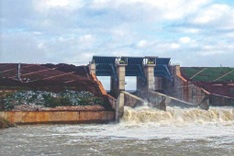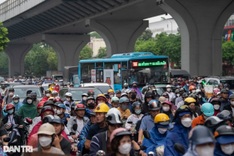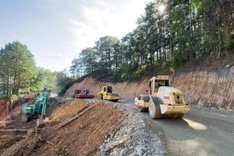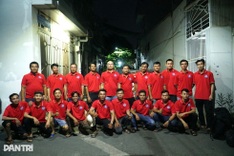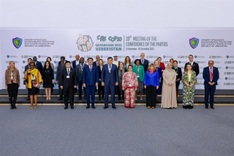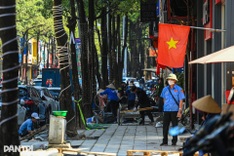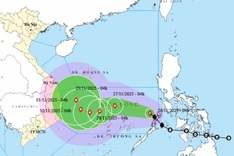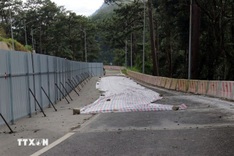The northern region of Vietnam, including Hanoi, is facing a period of severe and prolonged air pollution from late November into early December.
On Thursday morning, air quality in Hanoi and surrounding areas worsened, with several monitoring stations reporting poor levels. Readings at Hanoi University of Science and Technology reached the unhealthy threshold for all groups.
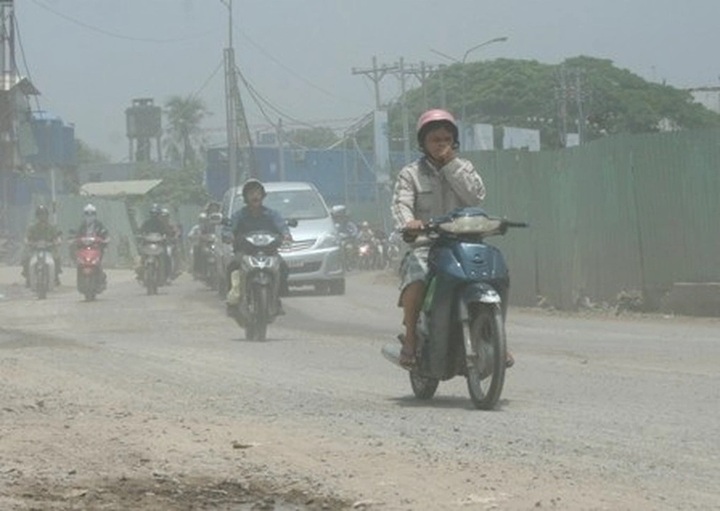
Hanoi faces extended spell of hazardous air pollution.
According to the Environment Department under the Ministry of Agriculture and Environment, national monitoring data and weather forecasts indicate that the region will face about 10 days of adverse conditions that limit pollutant dispersion. PM2.5 levels could rise sharply, with the air quality index likely to exceed 150, posing risks to public health and local economic activity.
The ministry has issued urgent instructions to the People’s Committees of Hanoi, Haiphong, Bac Ninh, Hung Yen, Phu Tho, Thai Nguyen and Ninh Binh, requesting immediate measures to curb pollution.
Local authorities were instructed to intensify street cleaning and dust control, increasing sweeping, vacuuming and water spraying on major roads and gateways. Water spraying should take place during off peak hours at night and before 6 am to reduce dust before the morning rush.
Construction activities and dust emitting transport must be more tightly monitored. Localities were asked to step up inspections at construction sites, enforce proper shielding and vehicle washing, and suspend projects that fail to meet environmental requirements.
Authorities were also urged to strictly penalise uncovered trucks transporting construction materials and waste.
Cities and provinces must tighten oversight of industrial emitters and craft villages using combustion, focusing on major sources such as cement, thermal power and steel plants. Facilities must keep exhaust treatment systems operating reliably and are encouraged to cut capacity on days when air quality is unhealthy.
The northern region is entering its peak pollution period from October to March. Health authorities advise residents to track air quality levels, limit outdoor exposure on unhealthy to hazardous days, wear PM2.5 masks when going out, keep windows closed and rinse eyes, nose and throat with saline after being outdoors.


